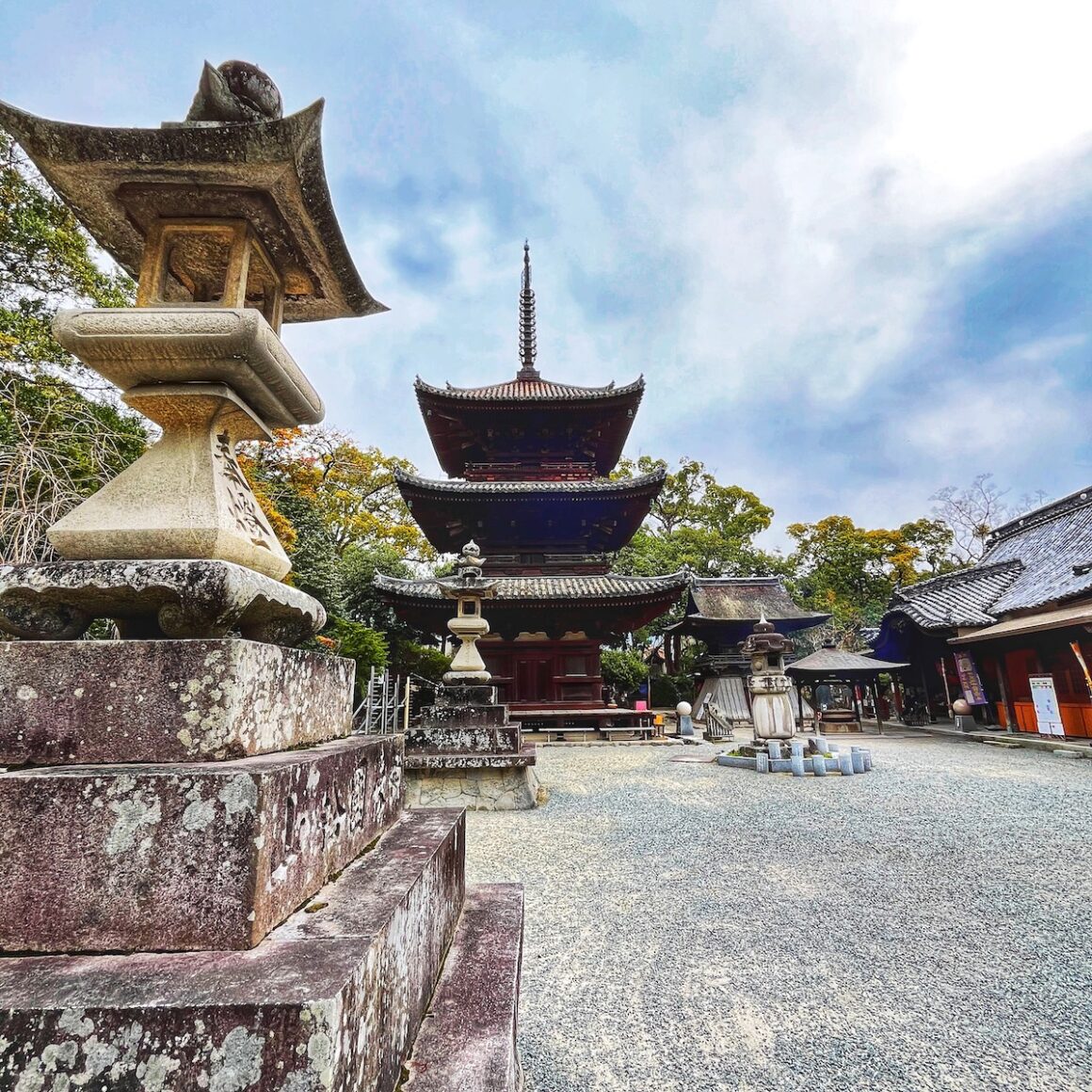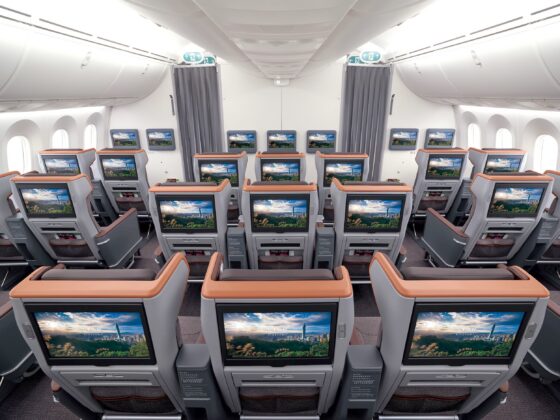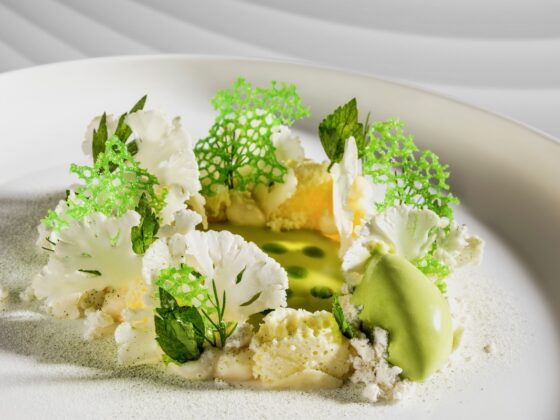When the Japanese talk about „shukubo“, they mean temple stays: sleeping on futons, eating Shojin Ryori cuisine, and chanting sutras with Buddhist priests. We tried this at Senyu-ji Temple on Shikoku Island and at Fukuchi-in on sacred Mount Koyasan
The plan was basically a good one. A humble and dedicated approach… First walking on the hardest part of the 88 temple pilgrimage route, then immersing myself in the unknown world of Buddhist temple live.
The Shukubo, the temple stay at Senyu-ji, was supposed to provide relaxation, spirituality and sensory tranquillity after Osaka’s bursting neon facades. But things turn out differently…

The alarm clock rings at half past five after a cold, stormy march night on a far too thin futon in a draughty room. The bath in the hot thermal water of the temple onsen the night before couldn’t prevent it: My back is cramped, my hips are numb. A kind of futonitis or already lumbago?
Only 20 minutes to go until the Otsutome, the morning sutra recitation in the temple’s Kondo main hall. My last resort: yoga. So I push the futon aside and do Paschimatanasana, Chakravakasana and Downward Dog. Then I’m back on my feet and off to the temple in time for the six o’clock service.
Temple Stay in Japan: That’s how it is
Shukubo, or temple stay, in Japan is a rather spartan affair after all. You sleep on futons in more or less draughty rooms covered with rice straw mats (tatami). Only fan heaters provide some warmth in spring, winter or autumn. There are shared bathrooms and toilets. Some of the temples have their own onsen with relaxing and healing hot spring water.

Before Shukubo aka temple stay, everyone should familiarise themselves with Japanese slipper etiquette, otherwise there will be a hell of a mess between the toilet (blue slippers) and the dining room (red slippers).

The general rule is: Never enter a Japanese house, ryokan (traditional inn) or shukubo with your shoes on. There is usually a step behind the entrance with slippers lined up for use. Tatami mats are used for sitting, eating and sleeping and should be kept as clean as possible. For this reason, never wear your slippers on the tatami. Take them off and leave them at the entrance of the room.

And never step into the hot water basin of the onsen without having soaped yourself very thoroughly from head to toe and without having showered off the fluffy foam just as thoroughly, in front of everyone on one of the small stools lined up.
Shojin Ryori: Pioneering Vegan Cooking
Shukubo meals are always vegetarian, often vegan. The Buddhist temple kitchen called „shojin ryori“ is a contemplative culinary journey of discovery with dozens of small dishes in bowls. You eat more consciously because with every bite you ponder what’s about to fall off your chopsticks.

Shojin ryori is all about colourful variety and five flavours: sweet, sour, salty, bitter – and umami. The ingredients reflect the seasons. In Japan’s hot and humid summers, cucumbers are used for cooling, and in winter, root vegetables for warming. Eggs and milk are rarely used, in keeping with the Buddhist credo not to kill any living creatures.
Temple Stay Morning: Otsutome and Incense
Just in time for six o’clock in the morning I enter the magnificent main hall of Senyu-ji, without slippers of course. Fortunately, I don’t have to bind my legs in the lotus position. Sitting on chairs with five Japanese and European temple guests, I watch the ceremony unfold. Harmonious chanting, accompanied by the belly-tickling drone of a large singing bowl.
The priest hands me a red booklet and asks me to join in the chanting. But first I have to offer incense, kneel down, put my hands together and bow to the Buddha statue.

A gas heater hisses in front of us. The smell of incense fills the air. Scratches my throat a little. I really hope I don’t cough into the chanting…
It ends with a sermon calling for a sustainable lifestyle. Half an hour later, I’m sitting in front of my breakfast, not enlightened, but completely at a loss. It is served in a disposable plastic bento box. With a thick plastic lid. I sip instant soup. With miso paste from a plastic tube.

Monk Playing in the Clouds
Enlightenment is one of those things. The Franconian man in his seventies at my table takes a pragmatic and completely non-esoteric view: „I can’t do anything with Buddhism. For me, the pilgrimage is just a sport. But the culture is interesting. In temples like Japan in general, I’m only interested in the onsen and the food.” You can’t get an opinion on that from the Japanese. Nobody speaks English. Only the priest.
I feel cold again. No wonder. I’m half-barefoot after all. The imitation leather temple slippers are no good for people with shoe size 46.
„My temple“, Senyu-ji, was founded in 670. In 1947, everything but the 1,350-year-old statue of the many-armed Buddha was destroyed in a fire. There is a nice legend behind the temple’s name. The monk Abo Senjū served the temple for 40 years, was blown into the sky in 718 and was last seen playing in the clouds.

Warm-up for Temple Stay: Pilgrim’s Killer Stage
The island of Shikoku is known worldwide for its 88-temple pilgrimage route. This „Shikoku Henro“ is dedicated to the Buddhist monk Kukai, the founder of Shingon Buddhism. The pilgrimage route is 1,200 kilometers long, of which only 100 are unpaved.

I chose to walk a section of the Shikoku Henro because pilgrimage and temple lodging go together. The hardships of the path, the sweaty forest bath. The overcoming.
My pilgrimage plan says: walk the historically significant, scenically beautiful and topographically treacherous section between Yunami and Yokomine-ji, the second highest temple on the island.

With a climb of more than 510 metres in about 2.2 kilometres, Yokomine-ji is one of the so-called nansho, or hard-to-reach pilgrimage sites. The Japanese I meet along the way praise this section as „henro korogashi! – Loosely translated: pilgrim’s killer. Obviously not for the wiry old man, who speaks briefly and then runs up the mountain as if chased by the Incarnate One. With burning sweat in my eyes, I stare after him in disbelief.
Perfect Combo: Temple Stay and Pilgrimage
The appeal of Japan’s pilgrim trails lies in the combination of spirituality, culture and outdoors. If you only have one day, you can walk the 24-kilometre „Koyasan Choishi Michi“ trail from the Jison Temple in Kudoyama to the holy mountain of Koyasan. The Nakahechi route of the over 1,000-year-old Kumano Kodo pilgrimage route through ancient cedar forests takes three to four days.

In Japan, pilgrimage hiking can be perfectly combined with wellness: One of the more than 2,300 onsen across the country is always nearby.
Some temple stays also organize meditation sessions and calligraphy courses in addition to the morning ceremony for spiritual and creative enrichment.
Koyasan Temple Stay: Japan’s record holder
A significant proportion of the over 400 Shukubo temple stay accomodations in the whole of Japan can be found on Koyasan, the sacred mountain of Shingon Buddhism a good 80 kilometers southeast of the metropolis of Osaka.

A unique ensemble of temples, pagodas and an enchanted cemetery under ancient cedars. The main temple Kongobu-ji is dedicated to Kukai, who settled on the mountain in 816, established Shingon Buddhism and later founded the 88-temple pilgrimage route.
Of the more than 2,000 temples that once existed on Koyasan, 117 remain, inhabited by 700 monks. No less than 50 temples offer a temple stay. One of the few temples on Koyasan with its own onsen is „Fukuchi-in„. That’s why I booked myself in.

In the evening, after a nice bath in the onsen, we enjoy delicious temple cuisine. Again, I have no idea what exactly I’m eating, but the pure flavors and surprising textures are a dream. And the best thing is that the food is served in the warm room. Food is eaten while we sit on tatami mats on the floor.
The next day I spend hours wandering around the Okunoin cemetery. Japan’s greatest thinkers, artists, generals, priests, aristocrats and entrepreneurs are buried in the 200,000 moss-covered tombs.
The Kongobu-ji temple, with the largest Zen rock garden in Japan, is the crowning glory of my Koyasan temple stay. Nirvana has to wait: After the last night on a futon, my back is looking forward to a soft hotel bed. Let me try to express it with a haiku that would make the great Zen poet Matsuo Basho whimper in despair: „The stone hard futon. The tired pilgrim seeks sleep. His agony loud„.
Info Temple Stay in Japan
How to get there
Flights to Osaka with Finnair via Helsinki from 865 euros and with Turkish Airlines via Istanbul from 930 euros.
Shukubo tips
Temple Lodging Daihō-ji
2-1173-2 Sugō, Kumakōgen-chō, Kamiukena-gun, Ehime
Tel. +81/892/210044
Overnight stay with half board from 40 Euros
Book the temple stay and transfers via shikokutours.com
Temple Lodging Senyū-ji
794-0113 Bessho Kou, Tamagawa-cho, Imabari, Ehime
Tel. +81/898/ 552141
Overnight stay with half board from 45 Euros
Book the temple stay and transfers via shikokutours.com
Temple Lodging Fukuchi-in
657 Koyasan, Koya-cho, Wakayama
Tel. +81/736/56202
Overnight stay with half board from 150 to 400 euros depending on dates
Booking via fukuchiin.com

Temple and Shrine Etiquette
- Bow in front of the Niomon, the entrance gate
- After entering the sacred precinct via the left side, you cleanse yourself at the Temizuya washing area
- First the left hand is cleaned with water from the ladle, then the right hand
- Then rinse your mouth with fresh water in your left hand
- Do not spit the water back into the basin and do not bring the ladle to your lips
- Once the left hand has been cleansed a second time, the ritual known as o-mairi is complete
- O-mairi is practiced in front of both Buddhist temples and Shinto shrines
- During worship before the shrine, a short double bow is made first, followed by clapping the hands twice. Then bow deeply. At the end, the hands are clapped once more and a bow is made.













